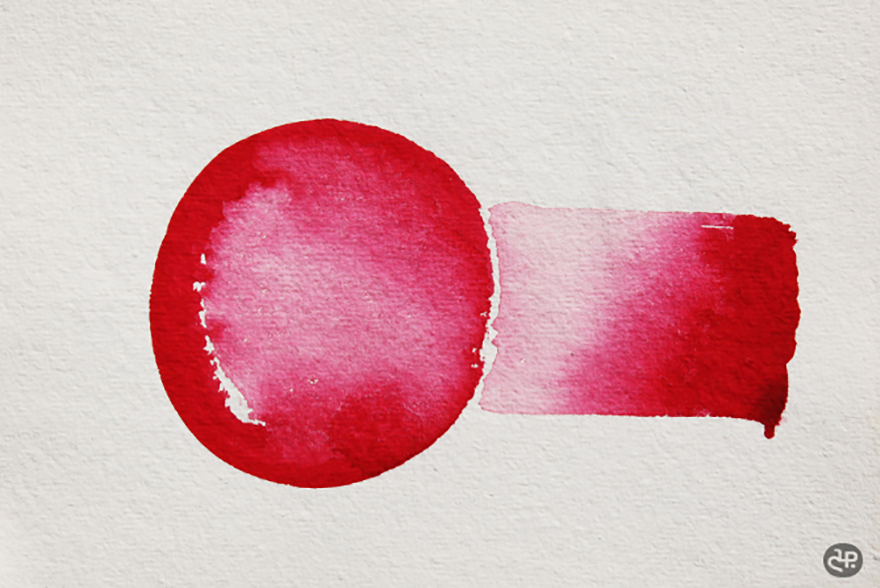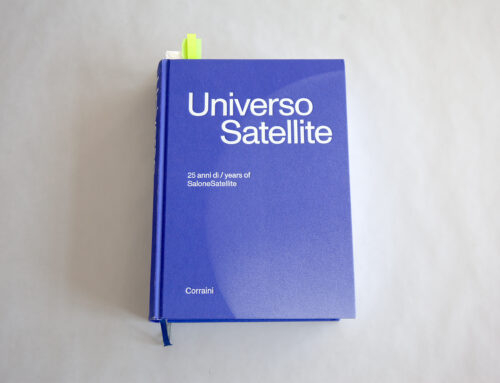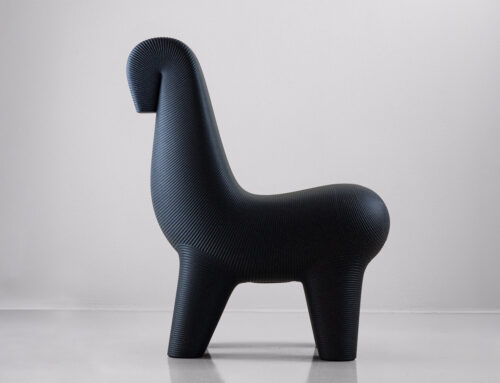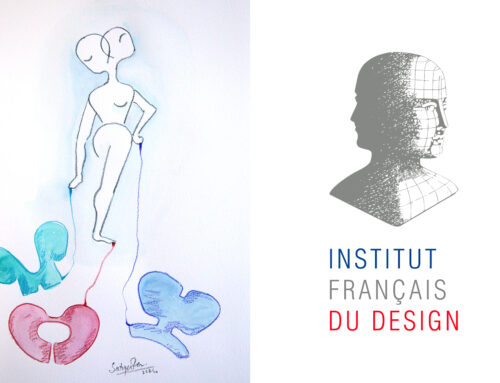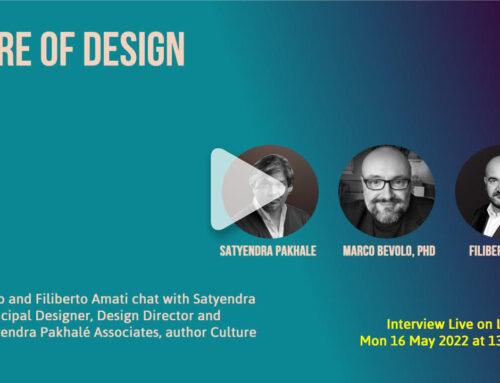2 / In a period where the contact with the object is clouded by the mere answer an object gives to our physical needs, can we rediscover the essence of creating for the benefit of human intellectual, social, and sensorial development from the humanistic view of artifacts. How do atmospheres interact with this “culture of creation”?
Prof. Tonino Griffero: The world watches me. Everything watches me: it watches out of itself; it “looks out”. And the seeing of man is a response, an adherence to the gaze of the things themselves. Gaze-of-response. In agreement with these words (Heinrich Rombach), we can repeat that in man’s life-world there is indeed nothing rarer than the perception of an inexpressive object and it is perhaps atmosphericness itself that makes it possible for mere sensation to become a real perception. Going beyond James Gibson, we must hence say that forms, whether they are static or in motion, do not merely express apparent causal relations and pragmatic affordances but also tertiary qualities or sentimental (and therefore atmospheric) ones that permeate the space in which they are perceived. They are, in other words, perceptive ingredients inside facts themselves, if you want shivers of meaning present in things (Paolo Bozzi) or quasi-things, in our terms within certain limits no less inter-observable and repeatable than perspective properties. These pathic affordances, responsible for our spontaneous-intuitive evaluations, are aroused by accumulation centres that – in both a causal-topologic and an axiologic and motivational sense (salience, preferability, etc.) – fill the multidimensional sensory continuum which, properly, the world of experience consists of.
From this point of view it is obvious that a big responsibility is up to the creation of the surrounding objects, influential not only for their instant functionality but first and foremost for the expressive qualities which they spread and through which they affect perceivers in different ways. However here an issue lies: can atmospheres be created or they are accidental and unpredictable events? Someone denies the fact that atmospheres can be intentionally produced, and in general that they are available to man (Herman Schmitz) while someone else, more realistically, underlines even the continuous production of them in daily life, meaning that everyone, whether accidentally (like in olfactory or physiognomic atmospheres) or when he stages himself, radiates (with success or not) an atmosphere (Gernot Böhme). This works even more so for all professions, which it is not exaggerated to define founded on the creation of atmospheres: art, but also design, cosmetics, advertising, scenography, urban design, etc.
But can an atmospheric Erlebnis, with its vagueness, openness and random pattern, be really planned and brought into being through technical constructs, especially today by means of a tool as distancing as the pc? Shouldn’t we instead uphold that an atmospheric effect is something unavailable, and even more so if atmospheres never exist, if not in a very inappropriate way, as purely potential (virtual) states? There are no recipes, of course, in planning atmospheres.
The designer cannot but simulate, thanks to a prognostic body-schema and role-play competence, the future body-feeling of the beholder/user and identify himself with his situation and so perhaps with the desired future atmosphere. He must, last but not least, explicitly rely always on a “pact of generosity” (Jean Paul Sartre), on some form of complicity, also as a tacit bodily knowledge, of the beholder/user. Design is certainly always the exploration of an alien domain, but the claim that atmosphere always escapes analysis, that it cannot simply be addressed or controlled, seems to me greatly exaggerated. When it is only planned, the atmosphere of course does not yet exist in the real sense of the word, but this does not mean that design (or architecture) works hard to create nothing but the illusion that atmosphere can be controlled. The design of an atmosphere often works perfectly, and if an illusion in planning and creation exists, it is the same heterogenesis of ends that works in every human activity and that can never be completely avoided. Sure, many atmospheres are usually the unconscious and unintentional result of planning and creation, but it would be better not to exaggerate this aspect and/or the strict actuality of atmospheres, given that they may certainly be also the successful outcome of a design on which we can counterfactually reason. i.e. we can certainly imagine, for example, the design conditions under which the atmosphere of that object could be less tense or sad. An atmosphere thus sometimes exists, obviously in an incomplete and only hypothetical way, also as a potential to invite a certain mood and activity. I do not think, therefore, that creators do not produce atmospheres but only suggest and evoke them in the beholder, and that for this reason they should simply design more neutral objects that stimulate the hermeneutic and emotional creativity of the perceiver.
It’s also true that atmospheres are sometimes, from another point of view, more a transcendental unconscious, a background perceptive condition, than a thetic object of transitive perception. They are more the generic condition of specific experience – what only allows emotions to emerge than ‘being’ the cause of a specific atmospheric experience. But this does not always happen because at other times the atmospheric encounter can to some extent be planned. Far from finding in people and things only generic and vague occasions to manifest themselves, atmospheres are sometimes exactly the expressive way in which things (objects, places, buildings, gazes, landscapes, weather conditions, etc.) call for us or even look at us.

Tonino Griffero is professor of Aesthetics at University of Rome Tor Vergata, Italy, and director of the Master “Comunicazione estetica e museale” at Scuola IAD, Univ. di Tor Vergata-Galleria Nazionale d’Arte Moderna in Rome. Director of “Sensibilia. Colloquium on Perception and Experience” , “Lebenswelt. Aesthetics and Philosophy of Experience” and “Atmospheric Spaces. Aura, Stimmung, Ambiance”. Member of the Guaranty Committee of SIE (Società Italiana d’Estetica), member of the Scientific Committee of “Estetica. Studi e ricerche” (Luciano Editore), Aesthetica Pre-print (Palermo), “Atelier delle immagini. Semiotica del visivo” (Zel Edizioni), “Ambiances. International Journal of sensory environment, architecture and urban space”. He is editor of “Percezioni. Estetica & Fenomenologia” (Christian Marinotti Editore, Milano).

Tiziana Proietti (1983, Rome, Italy) An architect with a Ph.D. In Architectural Design, Tiziana Proietti gained her doctorate at the Sapienza University of Rome in collaboration with the University of Technology TU Delft in 2013 and is currently Professor at the University of Oklahoma, USA. Her research activity explores human perception in architectural spaces with a special focus on the relationship between the senses and the cognitive value of proportion. After a decade of studies on proportion in architecture, Proietti is currently developing her research by connecting neuroscience and architecture in collaboration with the Salk Institute in San Diego and the SPaCE Lab at the University of Southern California. In 2013 she worked as a researcher at Satyendra Pakhalé Associates where she cultivated her interest in the historical and theoretical roots of sensorial design.
